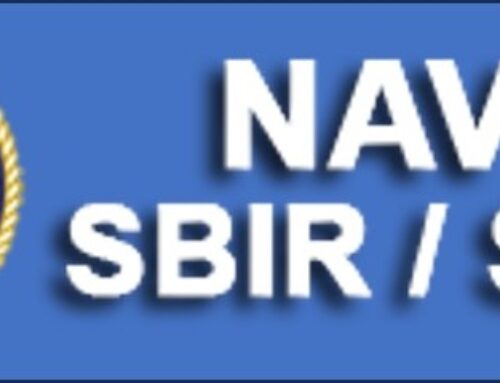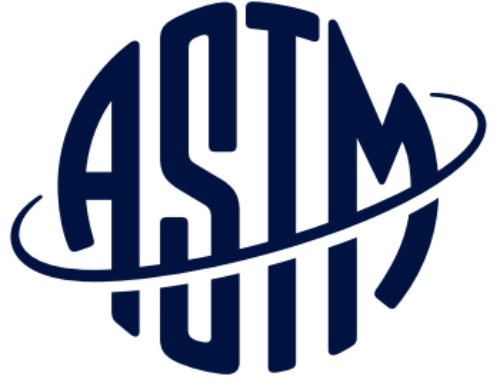According to the National Highway Traffic Safety Administration, last year the auto industry recalled close to a third more vehicles in the U.S. (22 million) than it sold (just over 15 million). Recalls were up by a staggering 25 percent during 2013, which is the industry’s highest rate since 2004. It is no shock that these recalls can do immense harm to a manufacturer. In the automotive industry, an early response to an emerging issue can save a tremendous amount of money, and help preserve a business’s reputation.
Today’s manufacturing companies face a significant challenge as they work to balance the demands of the marketplace for better performing products against the need to bring new products to market faster, cheaper and with greater reliability all while improving the customers overall experience. In fact, in a recent article by Warranty Week, their data indicates warranty costs stabilized last year (for the first time in a decade) and questions if manufacturers are beginning to put more emphasis on the overall customer experience.
Since product failures stem directly from a combination of inferior product quality and how the product is used by the customer in the “real world,” manufacturers are faced with almost an impossible task. It is not feasible to physically test for the full range of customer experiences and usage scenarios. So, what is a manufacturer to do?
The answer is computational simulation. By improving modeling, simulation and utilizing computational testing of products before launch or at the first indication there may be a problem, manufacturers can help avoid expensive product recalls or get in front of a looming problem and deliver a better experience to their customer. That is where Virtual Life Management® (VLM®) comes into play. With VLM®, manufacturers can evaluate designs, material alternatives and the full statistical distribution of how the product could be used by the customer. VLM provides a more meaningful way of predicting customer experience and warranty expenses than traditional reliability projection methods alone while reducing physical testing requirements and cost.
An article published by WIRED Magazine discusses product recalls by US manufacturers and how computational simulation tools such as VEXTEC’s VLM helps companies overcome these challenges throughout a product’s life cycle. Over the past twelve years, VLM has simulated changes in design, material processing, and usage scenarios on over 100 successful projects for commercial and government clients. Using VLM, clients have resolved in-service reliability issues, and accelerated product development processes for a variety of fatigue and corrosion applications at substantially lower costs than traditional testing methods.
It is clear that today’s brands require a warranty solution that reduces costs and increases the customer’s lifetime value. VLM has the technology to deliver that solution.
Do you have a challenge that you would like to overcome or mitigate? If so, contact VEXTEC to see how VLM can help you.




Leave A Comment